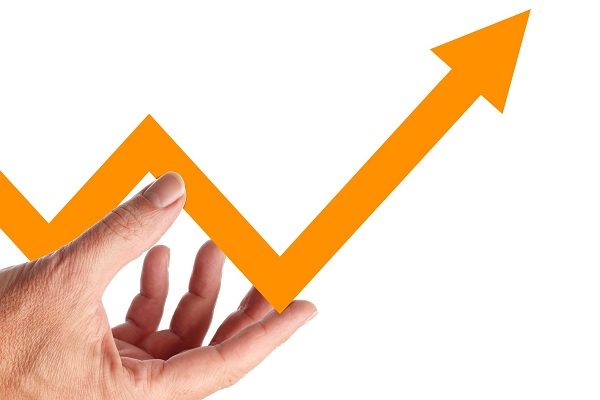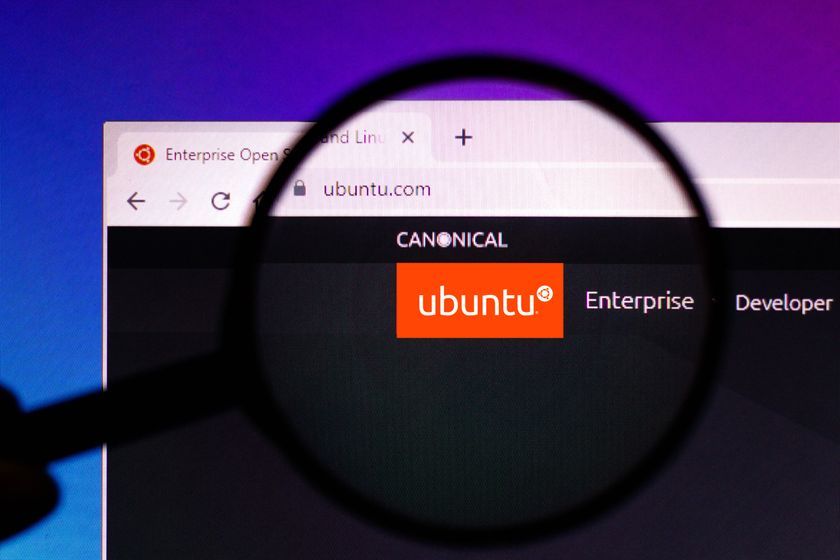Five factors affecting the pace of channel success
Donagh Kiernan compiles the top five factors affecting sales channel success and growth

Whether you are hardware or software company with a business model varying from initial licence with implementation and/or annual support services, SaaS recurring revenue model with no services revenue or some mix of these models, you will seek scalability and exponential growth.
Every day and almost every conversation in my business day is related to challenge of scalability and pushing the growth of tech companies.
When seeking scalable growth through sales channel partners in Tenego we have to determine up to 30 different factors affecting sales channel success and growth rate. The top fve factors are as follows:
1) Deal size
There are a number of aspects to the typical deal size and shape covering licence revenue model and services revenue potential. To cut to the chase the licence revenue potential size is what’s important:
a) How much is in the deal to incentify and feed the channel, in comparison to other deal types the appropriate channel partner is selling?
b) How much service revenue potential is available to the channel partner?
Channel Pro Newsletter
Stay up to date with the latest Channel industry news and analysis with our twice-weekly newsletter
The more compelling the deal, the more attention it will get from the partner, the faster it moves.
Examples:
Client A: has a specific hardware solution, with a typical deal licence of €100,000 enables up on €300,000 in implementation and annual services. This is a great deal size and fantastic service revenue being generated for the partner, providing a very compelling partner proposition.
Client B: has a product with an initial small annual licence fee selling to corporates in high volumes with minimal implementation services. The typical deal size is 1000 seats for €25,000. It’s a licence only deal so strong deal share is required to incentify the deal against competing alternatives for the partner’s time.
2) Sales cycle length
What is the average or typical sales cycle length? How many months’ effort and investment does it take to generate a deal?
The shorter the sales cycle, the faster the return on investment, the more attention it gets, faster the pace of growth.
Examples:
Client A: Sales Cycle Length is nine to 12 months, so it’s not a fast turnaround but it is still good in the context of the size. It’s a very reasonable investment for the potential gain in the deal size provided.
Client B: Sales Cycle can be less than a month, with the need easily qualified. The sales cycle length again is very attractive in the context of the deal size with a clearly qualified opportunity.
3) Market Size/Conditions/Growth
Big markets do provide more room for success but typically also provide for greater amount of perceived competition and market noise. Depending on how you sell your customer proposition needs to be compelling to get through the noise.
I like defined markets and niche plays where the customer target list is easily defined.
Examples:
Client A: have a unique offering with few direct competitors globally. It’s a global niche play, with only 100’s of potential customers globally, but still a very large market in money terms. The market is a very attractive to the partners from the services required and Client A’s products enable the partners to generate this revenue, so again providing a very compelling partner proposition.
Client B: have a very large market globally and yet a clearly defined market based on particular virtualisation initiatives with very large companies.
4) Number of potential partners
The greater the number of potential partners in a market the greater the number of potential choices of routes to the customer. With choice you can select the more suitable, ie: better partner fit, and the more committed partners to work with to deliver results.
More options help. “You are only in control in so far as you have options”.
Examples:
Client A: Many partner options exist and we, with the client, are being very thorough in partner selection. With such a small market we will have competing partnering but need to manage this process simply and transparently.
Client B: is a numerous partner play while at the same time not flooding the market.
5) Partner deal pace
How fast can the partner move? How clear is the partner fit? How fast will the market respond? How many deals per year is possible and practical for the partners?
Simply, more deals, more pace. How fast can it be pushed?
Examples:
Client A: is in a market with a huge market demand for the services that their product makes more efficient. The number of deals per annum is affected by the existing relationships of the partners and how fast the partners can move to engage the market to generate interest and deals. Then which partners provide the best fit and commitment to engage?
Client B: depend on pace of adoption of virtualisation and then the partners’ relationships with a broad number of decision makers to be there at the right time. Partner Fit, sufficient partner size and their ability and commitment to proactively engage.
These are the top five factors of 30 factors we’ve identified that affect growth pace and success through sales channels.
















